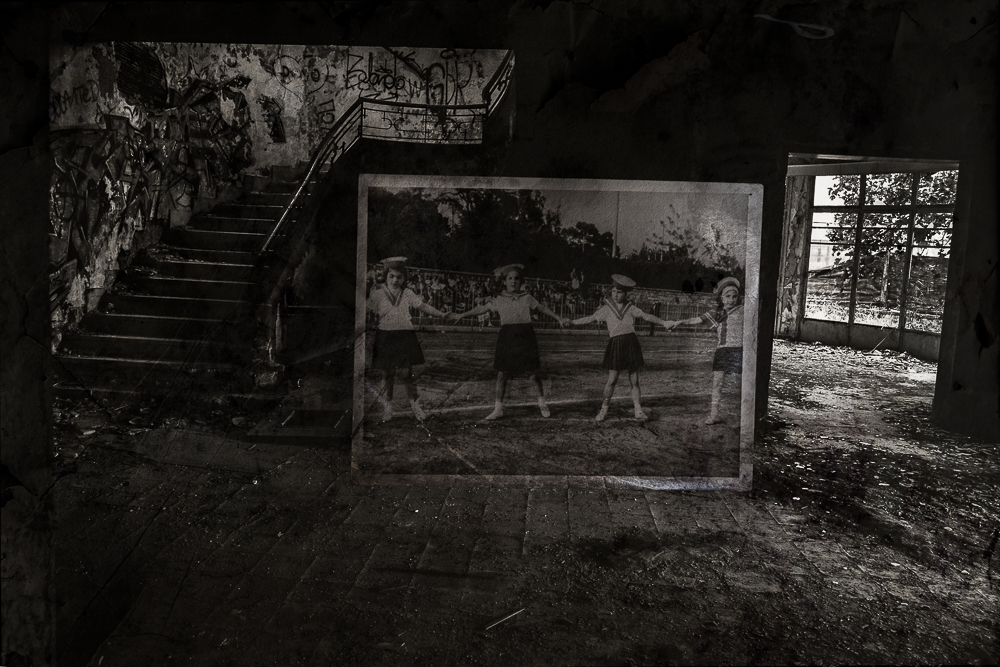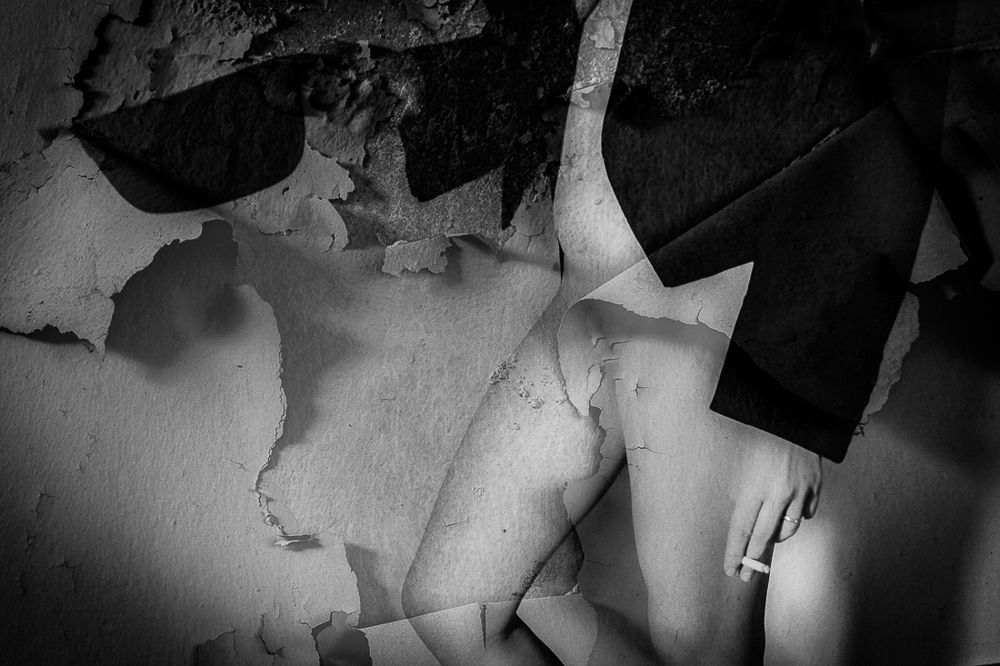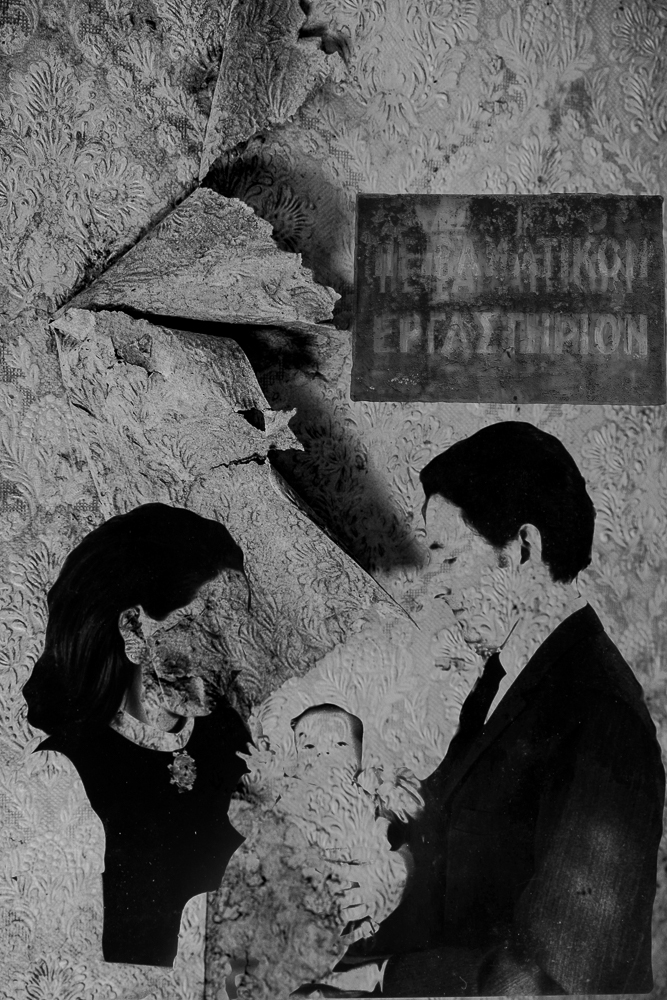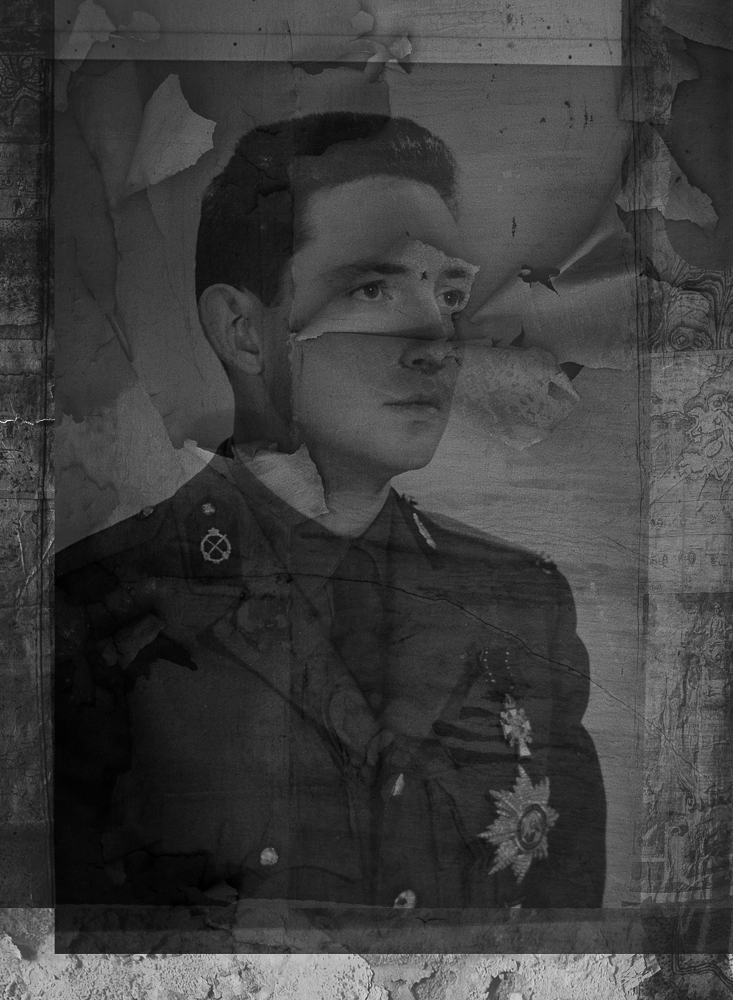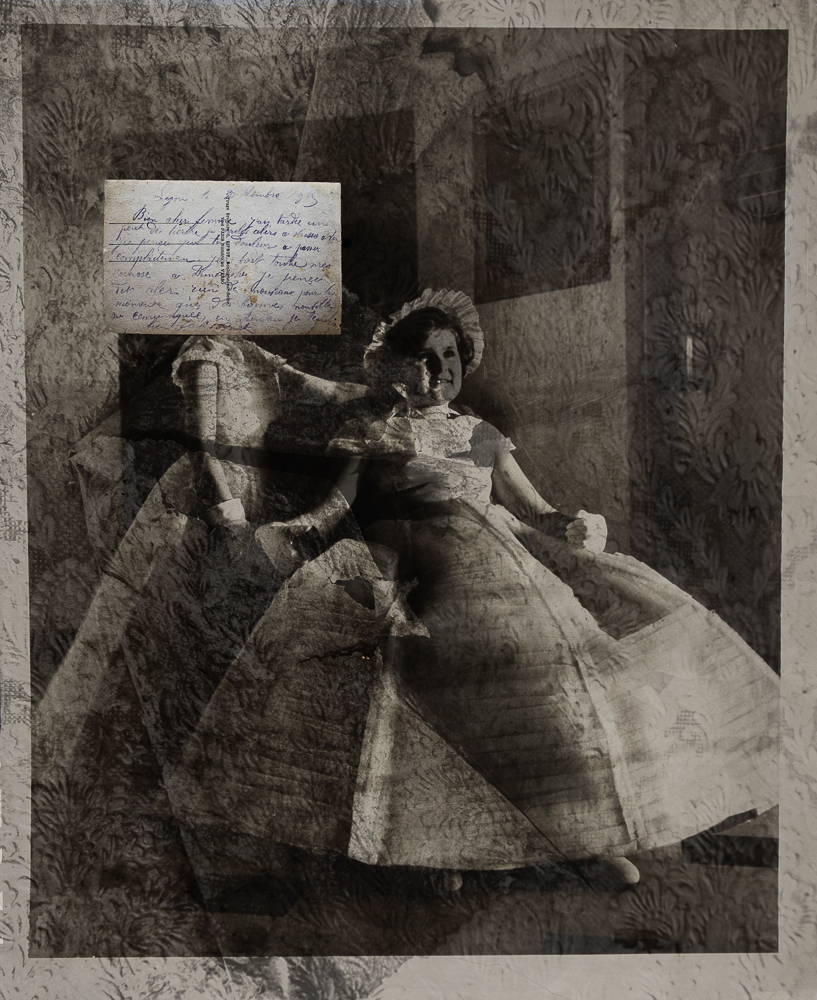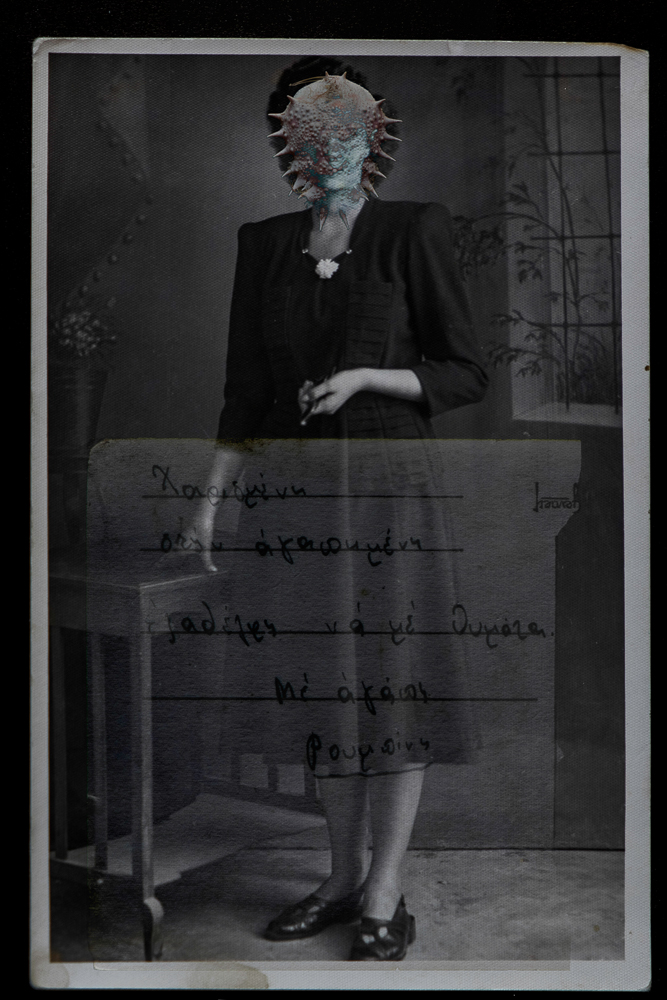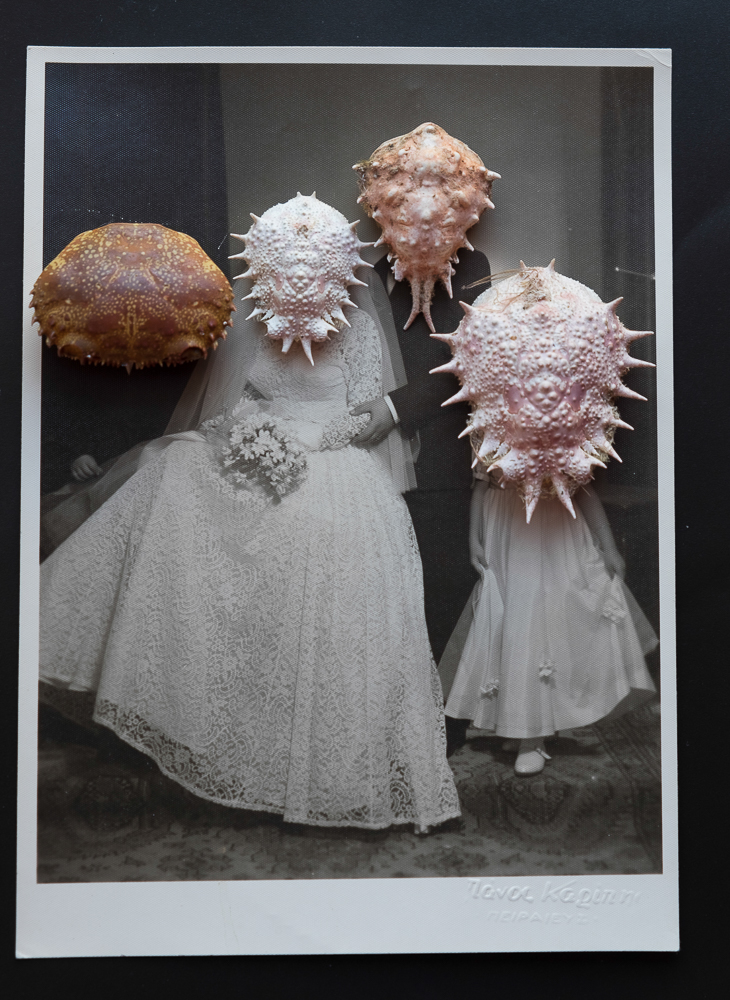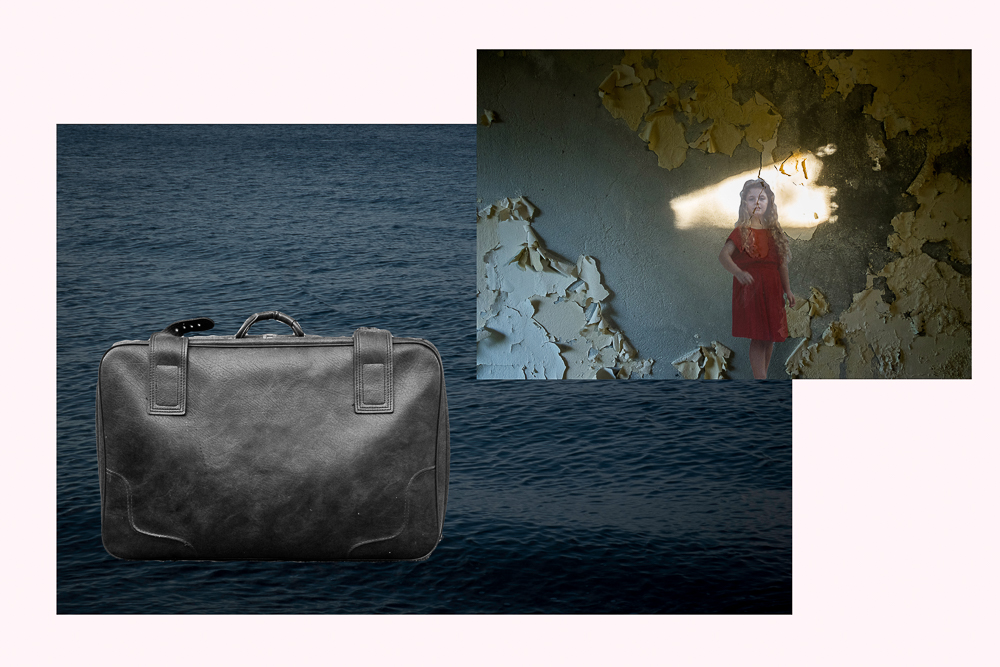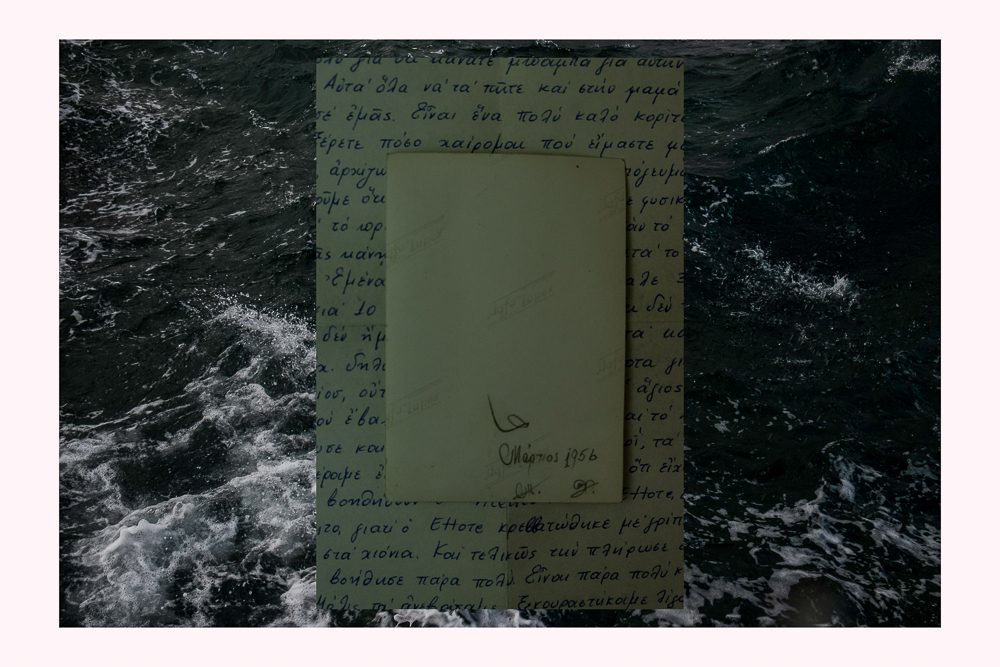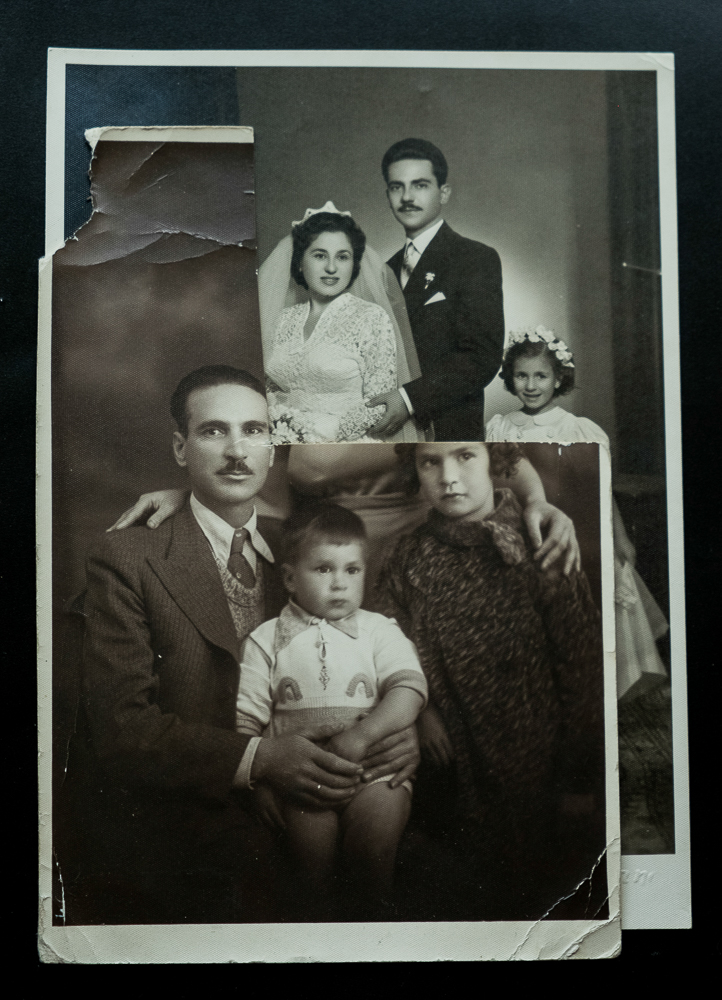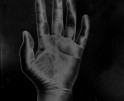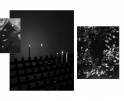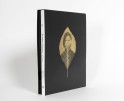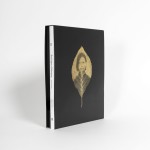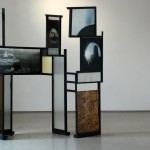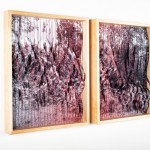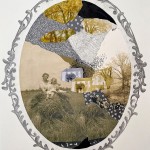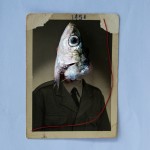Sofia Dalamagka: Evanescentium Memento
This week, we will be exploring projects that use the found photograph. Today, we’ll be looking at Sofia Dalamagka’s series Evanescentium Memento.
I first saw Sofia Dalamagka’s work in the online photography magazine Dek Unu. She explores the history of photomontage by using found photographs and manipulating them into new spaces, creating original images. Found photographs can hold so much – memories, events, feelings – and Sofia approaches these concepts in an exquisitely complex manner. She addresses the ideas held in a physical photograph tied to nostalgia and memory.
Sofia’s images have a dream-like quality to them. They are what I would imagine a memory would look like as you age, when memories of memories layer themselves in your mind and it’s hard to remember what the truth looks like. With found photographs, we can come up with new stories and memories about those in the images. The truth is what we choose to remember in Evanescentium Memento.
Born in Lamia, in 1984, Sofia Dalamagka lives in Arkitsa, a small village in Greece. In 2011 she attended photography lessons at the Zografou artistic workshop in Athens. Since then she has participated in group exhibitions, her photos have been distinguished in competitions and have been published in press and online. In 2017 she was an editor for IFocus.gr and Freethinking.org. In 2017-2018 she attended the Supplementary Education Program of the National Kapodistrian University of Athens Photography at Work Advertising.
In 2018 she completed by remotely attending Seeing Through Photography programs at the Museum of Modern Art in New York and The Camera Never Lies at the University of London. In 2019 she was an editor at Photologio.gr and completed remotely attending Modern Art and Ideas at the Museum of Modern Art in New York.
In 2020 she completed by remotely attending the Education Seminar of Planning and Revisal of art exhibitions & Sexing the Canvas: Art and Gender in University of Melbourne. Ιn 2021 she completed with success the program Words spun out of Images: Visual and Literal Art Culture in Nineteen Century. She also presented the project SHAME during the Athens Pride festival in Technopolis.
In 2022 she was the curator of the art project “Under Negotiation” and “Everything but the Girl” and while doing that, started giving online photography lessons and picture aesthetic. She is an outside-partner to the photography magazine called Photonet Nexusmedia.
Follow Sofia on Instagram at: @sofia_dalamagka
Evanescentium Memento
Thrown away-abandoned-forgotten pictures of unknown people. In garbage bins, in antique shops, inside decaying houses. Pictures-images of a splitting childhood from which you try to escape even as an adult through corruption and reconstruction.
Documentation of memories which transform into evidence of oblivion and abandonment. Human experiences which depict with time, detach. They are cut into pieces and become part of another history. Recreation evolving.
We recreate memories through pictures, we define our feelings through a lens, we record frantically in an objective-subjective way I dare say, the violent passing of time. The lens becomes the third eye.
Justification or desecration of their creative re-use? Corruption of a forgotten era or just a death certificate of a past reality?
The desire to see beyond the obvious reflects in this project. We project our own needs on pictures. We demand from them. We constantly talk about the power they have, how they make us feel, as if they are alive. We look at them and expect a miracle to happen.
I wonder, what do the pictures want? In this particular unit, the roles revert. The pictures ask for and demand. To consider them as an independent and complex presence with many subjects and multiple identities. The pictures ask. They want to be asked, what it is they want.
The question changes every time, the answer remains always the same though. Nothing at all. They want nothing more than to make you wonder.
Epiphany Knedler: How did your project come about?
Sofia Dalamagka: If you take a first look at the pictures you can see that my own personal and emotional background with memories and facts is the main theme. It is the eye, of an angry middle-aged woman who is looking back at her childhood memories. Through a second more distant look, through a paradox, there is an effort of the social analysis of a well known triptych. Memory – Patriarchy – Family. The acceptance of that through the desecration of these pictures reveals my own personal need to have control over them. From the beginning of their existence until their deconstruction and from there on to the reconstruction of the memory through editing the photograph, of my life away from family albums with all the nicely staged photographs, the fake happiness and the “nice” memories.
EK: Do you manipulate the images in any way? Why or why not?
SD: There is somehow “revenge” in the way I use these photographs. In the past where we usually printed pictures more than now, how many times did we scribble on them, cut out friends/lovers with scissors? How many times did we rip them in two, three pieces? What I’m trying to do, is not only puzzle, but also affect in an edgy way the phenomenon of patriarchy, the institution of family, inside-family violence, but also my own splitting childhood. It took me a very long time to even be able to say these words.
Taking into account the various ways that I’ve manipulated the photograph in Evanescentium Memento —cutting, layering, ripping, stapling I feel like “straight photography” wasn’t enough for me. As time went by, knowledge became more multidimensional, I realized the multiple abilities of the medium.At this point experimenting was a one way road. After a lot of thought I understood that I have to deconstruct the image so as to allow to something new to rise which will be part of a versatile truth.
EK: Can you tell us about your artistic practice?
SD: I started collecting photographs from deserted and abandoned houses, from antique stores, from family albums, drawers, closets. It’s the first material. I’m bewitched by the touch of time on these photographs, even the retouch they did by hand in old photography shops. . My inspiration comes from dissatisfaction. From anger. From small, apparently indifferent details which will turn into the whole universe of the artist if you isolate each of them…From every barely noticeable thing. Taste, sound, feeling, crash and crumble of everyday people. From memories. From old trauma.
Those photographs aren’t just an old lifeless piece of paper with faces on them for me. They are evidence of memory and sometimes of oblivion. It is the proof of a whole lifetime. It is the in print of ethics and tradition, motives and behaviors that sometimes alter or reshape through the passing of time.
My work is surreal. Symbols, implications, and disguised drawings of memories dominate. I have been affected by hyper-realism and the Dada movement. Lately, I have been experimenting with mix-media techniques
EK: What’s your relationship to the found photo? How do you come up with stories or meanings with these images?
SD: The truth is that many photographs that were found at some point were the reason why I started including them in my work. You know, recently one was asked from me to return to the owner. It was one of the basic photographs and inspiration for the making of Evanescentium Memento. It was a bundle of explanations which I don’t care if it is the truth, a misunderstanding or even a lie. Fact was how interesting the story behind the photograph was, who the people on there were and where it was taken. Maybe that photograph made that big journey so as to end up where it should have been in the first place, in the hands of her daughter.
Most of the time I “mirror” my own meanings and definitions which I want to be given. As weird as it might seem I bond with these pictures and the story which I actually don’t know or at least presume, that is hidden in most of them. It is a late try of immortalizing them, even if this requires the alteration of the photograph and reconstructing it.
Epiphany Knedler is an imagemaker sharing stories of American life. Using Midwestern aesthetics, she creates images and installations exploring histories. She is based in Aberdeen, South Dakota serving as an Adjunct Instructor and freelancer. Her work has been exhibited with Lenscratch, Dek Unu Arts, F-Stop Magazine, and Photolucida Critical Mass. She is the co-founder of MidwestNice Art.
Follow Epiphany Knedler on Instagram: @epiphanysk
Posts on Lenscratch may not be reproduced without the permission of the Lenscratch staff and the photographer.
Recommended
-
Amor y Pérdida en el Cosmos: En Conversación con Valeria SestuaMarch 19th, 2024
-
Mexican Week: Cannon BernáldezFebruary 6th, 2024
-
Emily Wiethorn: Erma JeanOctober 1st, 2023
-
Binh Danh: The Enigma of BelongingJuly 3rd, 2023
-
Dawn Surratt: The Rock In The StormJune 19th, 2023


